|
How to please my your partner in bed? Live TV show offering advice on sexually pleasing your partner. Sex educator Habeeb Akande gives exclusive advice on all things sex! Single Muslim LIVE is hosted by SingleMuslim.com relationship Coach Fahima Mohammad on British Muslim TV, SKY channel 752. Habeeb Akande is the author of A Taste of Honey: Sexuality and Erotology in Islam. On the show he discusses Islamic sexology, Muslim sex education, and the importance of pleasuring one's spouse. International Female Orgasm Day is on 8 August - A day to celebrate women's right to sexual pleasure. In truth, everyday is female orgasm day, but it's great to have a day dedicated to encourage better sex education for women. Generally. the female orgasm is not given anywhere near as much attention as its male counterpart, and this has led to a pleasure inequality between the genders, known as the orgasm gap. Study after study reveal that women orgasm less frequently than men during sexual encounters. A large US study revealed 95% of men usually-always orgasm during sex in comparison to 65% of women. Another US study revealed that 85% of men orgasm when sexually intimate, while just 63% of women climax when intimate with a male partner. A lack of adequate sex education has contributed towards the pleasure disparities between the genders. We need to stop fake news about female pleasure! As a male sex educator whose main area of interest is the gender orgasm gap and sexual satisfaction in women, I am often asked, why do you teach female pleasure? The answer is simple. There is a lot of fake news about female sexuality, particularly amongst men. Good news is we can change this with better sex education! I have come across countless men who hold inaccurate beliefs about how to satisfy a woman. These include the overemphasis on penetrative sex, how long sex should last, the obsession with penis size, and the disregard of emotional connection and clitoral stimulation to female orgasm. The truth is most women do not climax through penetrative sex, intercourse lasts for 5 minutes on average, size does not matter for many women, and the vast majority of women require clitoral stimulation and a relaxed mindset to orgasm. Porn has contributed to misinformation about sex as well as the fact that many men do not speak openly and honestly about their sexual encounters with one another. In my intimacy workshops, men (and women) are invited to speak frankly about their sexual experiences in a safe space that is free of judgement. Most men who attend my workshops want to satisfy their female partners but do not know how. During workshops, we discuss the gender orgasm gap, referring to the fact that women climax less frequently than men during sex, and provide practical tips on how women can orgasm with a male partner. I have found that many men are reluctant to open up about their sexual insecurities and performance anxieties in the presence of women. For such men, the internet is the main source for their sex education. To close the orgasm gap, better sex education and two-way communication are essential. Men must recognise and belief that women have a right to sexual pleasure if we really want to achieve equality in the bedroom. We cannot address this gender inequality without male co-operation. As today (8 August) is International Female Orgasm Day, it’s a perfect time for men to learn about female pleasure and ensure women come first!
International Female Orgasm Day is an unofficial holiday that was started in Brazil by a councilman to encourage men to satisfy their wives. The day is now celebrated around the world to raise awareness about women’s right to sexual pleasure. Habeeb Akande, sex educator and author of Kunyaza: The Secret to Female Pleasure 8 August marks International Female Orgasm Day, or the Day of the Female Orgasm! It's a day to celebrate women's right to sexual pleasure. The annual holiday was established in Brazil by a councilman to encourage men to satisfy their female partners. Now celebrated globally, International Female Orgasm Day aims to help women embrace their sexuality and encourages greater awareness about the female orgasm. Women have a God-given right to sexual pleasure and the world should acknowledge this. The holiday originated in the Brazilian town of Esperantina where the councillor Arimario Dantas decided to dedicate the day to female orgasm in compensation for the "sexual debt" he owed his wife. The councilman proclaimed 8 August as International Female Orgasm Day to honour his wife and as a tribute to women's sexual climax. Unfortunately many women do not experience climax with a male partner due a number of reasons. There is much stigma and miseducation surrounding female sexuality. Although everyday should be female orgasm day, having a dedicated day to celebrate and raise awareness about female orgasm can hopefully lead to more women experiencing orgasm. Happy International Female Orgasm Day! As today (8 August) is International Female Orgasm Day - a day dedicated to celebrating and raising awareness about women's sexual pleasure, here are 10 recommended books to learn about the female anatomy and how women can experience amazing orgasms! 1. Kunyaza: The Secret to Female Pleasure by Habeeb Akande Very insightful read on the ancient African sexual practice of kunyaza which has the reputation of female ejaculation and multiple orgasms in women during heterosexual encounters. Originally from Rwanda, east-central Africa, kunyaza is a non-penetrative sexual practice to stimulate the female genitalia with the male member in a tapping motion. Kunyaza examines the cultural impact of Rwanda's pleasure-based sensual tradition and investigates whether it empowers women. Drawing on extensive research, the book argues that kunyaza is an effective method to elicit gushing orgasms in women. 2. She Comes First: The Thinking Man's Guide to Pleasuring A Woman by Ian Kerner She Comes First is an essential guidebook on the art of cunnilingus, commonly known as oral sex. This informative book explains how men can sexually satisfy a woman. The book also includes practical advice and diagrams. Men suffering from premature ejaculation may also find this book useful as the author details how he overcome premature ejaculation to become a master cunnilinguist. Kerner's best-selling book is a highly recommended read on oral sex and female pleasure. 3. Becoming Cliterate: Why Orgasm Equality Matters - And How to Get It by Laurie Mintz The orgasm gap refers to the fact that women orgasm less than men during sex. It is a cultural problem, particularly in Western societies where female pleasure is devalued. In this book, Mintz examines orgasm inequality between the genders and argues that clitoral stimulation is women's most reliable route to orgasm. Written primarily for women, the book also includes a chapter for men. 4. The Arts of Seduction by Seema Anand Drawing inspiration from the Kama Sutra, this book delves into numerous techniques and elevates our animal instincts to a more refined form of pleasure . Anand introduces the contemporary reader to ancient Indian love texts and explores the various ways to seduce and romance a beloved. The book is beautifully written as the author takes as on a guide of the various arts of seduction - from perfuming, to love bites, to kissing. to thrusting. The Arts of Seduction will give you a greater appreciation of traditional love texts like the Kama Sutra and will transform the way you think about the art of making love. 5. Mating in Captivity: Unlocking Erotic Intelligence by Esther Perel Therapist Esther Peral examines the paradoxical relationship between domesticity and sexual desire. She explains how to reignite passion in a sexless marriage. Perel looks at the obstacles and anxieties we experience when our quest for secure love clashes with our pursuit of passion. Drawing on more than twenty years of experience as an international couples therapist, Perel examines the complexities of sustaining sexual desire in a long term relationship, and the differences between "good intimacy" and "good sex." Perel argues that love needs closeness but desire needs space to thrive as closeness can stifle desire. A leading voice on erotic intelligence, Perel's Mating in Captivity is an excellent book on the dynamic relationship between love and desire and how to keep eroticism in long term relationships. The book is extremely useful for anyone in a sexless marriage, or someone looking to keep desire and passion alive in their relationship. 6. Come As You Are: The Surprising New Science That Will Transform Your Sex Life by Emily Nagoski A well-researched exploration on why and how women's sexuality works based on groundbreaking research and brain science. This transformative book investigates the mysteries surrounding a woman's arousal, desire and orgasm. Nagoski cuts across multiple disciplines to inform us that the most important factor for women in creating and sustaining a fulfilling sex life is not what they do in the bedroom but how they feel about it. Which means that stress, mood, trust and body image are central factors to a woman's sexual wellbeing. The book argues that once a woman understand these factors, and how to influence them, she can enjoy a better and more pleasurable sexual experience. 7. The Pleasure Gap: American Women and the Unfinished Sexual Revolution by Katherine Rowland The Pleasure Gap aims to dispel the notion that women should settle for diminished sexual pleasure. Rowland argues that women should take pleasure inequality seriously and understand its causes and effects. Drawing on interviews with dozens of sexual health professionals and 120 American women about their sex lives and desires, the book argues that gender pleasure disparities is a due to Western's troubled relationship with women's sexual expression and pleasure. The book is an interesting examination on how to close the orgasm gap. 8. The G Spot and Other Recent Discoveries About Human Sexuality by Alice Ladas, Beverly Whipple and John Perry An international bestseller. This groundbreaking book argued for the existence of the Grafenberg Spot and popularised the term, "G-Spot." Originally published in 1982, the book discusses female ejaculation from a medical perspective and suggests women can experience multiple oragams. Written by leading sexual health professionals, this pioneering book transformed how the Western world understands female sexuality. According to co-author, Beverly Whipple, sex doesn't have to be 'orgasm' goal-orientated. Whipple argues that by moving away from vaginal orgasm being the main focus of sex, women can explore and experience different types of sexual pleasure. 9. The Big O: How to Have Them, Give Them, And Keep Them Coming by Lou Paget From female anatomy to emotional health, The Big O addresses the numerous concerns voiced by the many thousands who have attended Lou Paget's sexuality seminars. The book presents the various types of orgasms and how provides illustrated diagrams on how to achieve them. Paget also provides some interesting historical facts about sexual climax and debunks some myths about human sexuality. Written by an experienced sex educator, The Big O is a recommended sex guide for men, women and couples on the science of orgasms. 10. Slow Sex: The Art and Craft of The Female Orgasm by Nicole Daedone
The truth is that most women do not have satisfying sex lives. Slow Sex claims it can change that. This step-by-step guide teaches men and women how to use the growing practice of Orgasmic Meditation (OM) to slow down, connect emotionally and achieve female sexual satisfaction. The book argues that every woman can become orgasmic. And, with the right partner and the right technique, an intense orgasm could be achieved within 15 minutes! Author Nicole Daedone has been leading the 'slow sex movement' through her organization and workshops on OM, which focuses on the act of slowing down, tuning in and experiencing a deeper spiritual and physical connection during sex. The book also includes exercises to help enhance reader's 'regular' sex lives, such as Slow Oral for Her, Slow Oral for Him and Slow Sex Intercourse. I’ve run workshops on intimacy and consent for men around the world, it’s clear that many young men have unrealistic ideas about sex and lack knowledge about how to talk about consent by Habeeb Akande | @Habeeb_Akande | Rabaah Publishers “A man can’t rape his wife”, “sometimes, ‘no’ means ‘yes’,” and “most women lie about rape” – These are some of the things I have heard young men say in my sexual consent workshops.
Rape and sexual assault are a pandemic that every young woman must consider, with the World Health Organization estimating that about in three worldwide have experienced sexual violence, or physical abuse from an intimate partner. But the same is not true for young men. Having run seminars and workshops on intimacy and consent for men around the world, it’s clear that many young men have unrealistic ideas about sex and lack knowledge about how to approach conversations about consent. I am fortunate that I grew up in a traditional Nigerian Muslim household with strong male role models who gave me a positive, ethical understanding of masculinity and intimacy. But too many men and boys have never had a constructive conversation with other men about relationships. This cuts across all communities, but can be an issue in some Black and Muslim households due to cultural taboos against discussing sex and relationships. These silences create a moral vacuum which is filled by culture - whether that is sexual objectification in music videos, old tropes of sexual encounters expected after buying a woman dinner or drinks, or most concerningly, porn. The main source of sex education (or miseducation) for many young men and boys is PornHub. It is therefore not surprising that some end up with warped ideas of consent, increasing the risk that they may go on to commit sex crimes. Just as safe spaces have been created for women to discuss issues around consent, the same is needed for men. Women need to participate in these spaces too, allowing men to understand things from a female perspective in an open, collaborative way. Many young men are afraid to even broach this subject publicly, fearful they will say the ‘wrong thing’ and be viewed as a predator. This creates the dangerous situation where many men feel pressured to say the ‘right thing’ in public, which might not reflect their thoughts and actions in private. It should not be taboo to discuss the ambiguities that sometimes arise during dating, seduction and intimacy and how emotional literacy and communication can and must remove this ambiguity. At the same time, it should not be controversial to show that in many cases, things are black and white, and no conceivable ambiguity could justify misbehaviour. Many of the men I have worked with are as disgusted by sex crimes as the most vocal women’s rights campaigner, and want to do all they can to stop these offences. In my experience, men are less interested in reading books about these issues, but what they are hungry for are frank conversations. They want to speak to women and listen to their experiences in a safe space, without being on the receiving end of sweeping generalisations about men or being held implicitly responsible for what other men have done. To end sexual violence against women, I advise men that they will need to speak out more against abuse, hold male perpetrators accountable and treat every accuser as if she were a close relative of theirs. How would they feel? And how would they react? Ultimately, we need to change the culture of male sexual entitlement. Men and boys need to see consent accurately portrayed in films, music, social media and everything else. ‘Consent education’ can’t be done in isolation. Consent is part of a healthy, fulfilling sex life. It makes relationships and physical closeness more ethical, but also more satisfying, for everyone. That is something that all men can get excited about. Habeeb Akande is a sex educator, author, and founder of Rabaah Publishers. Originally published on Thomas Reuters on 15 July 2020 In the West, women climax less frequently than men. A US survey found 95% of men usually-always orgasm compared to 65% of women - a phenomenon known as the orgasm gap. In east and central African societies where female pleasure is sacred, 92% of women orgasm during the ancient sexual practice of Kunyaza, according to a recent survey. Kunyaza is a traditional sexual practice that could solve the pleasure disparity between the genders. Kunyaza is an ancient Rwandan sexual practice centered on female pleasure. The non-penetrative practice involves the stimulation of the clitoris and labia minora with an erect penis in a tapping and rubbing motion. The traditional African practice has the reputation for triggering female orgasms and ejaculation in women during heterosexual encounters. In contrast to Western societies’ obsession with sexual penetration, the Kunyaza tradition provides an alternative sexual script which focuses on stimulating the clitoris. The orgasm gap is a cultural problem, particularly in societies which devalue female pleasure. Africa’s Kunyaza tradition can solve the West’s “orgasm gap” cultural problem A recent survey on the effectiveness of this African practice for eliciting female orgasms, found that 92% of women experienced an orgasm during Kunyaza with a male partner. In Rwanda, 80% of women report female ejaculation (or squirting), in comparison to 10% to 54$ of women in western countries. For many African sex educators, Kunyaza is a recommended practice for women to experience orgasms and female ejaculation. As a UK-based Black male sex educator, my main area of interest is the pleasure gap (or the orgasm gap). Over the past ten years, I have facilitated workshops, participated in panel discussions, and appeared in a recent BBC documentary about the orgasm gap. Whilst there has been an increase in studies about the sexual pleasure disparity, there remains a dearth of articles and studies on how men can bridge the orgasm gap. My research reveals that many men and women believe Kunyaaza is a recommended and effective practice for women to experience climax with a male partner. Kunyaza is a highly effective practice to induce female orgasm and close the gender orgasm gap as it is a non-penetrative sexual practice that concentrates on clitoral stimulation. Today (31 July) is National Orgasm Day in the UK, USA, Australia and Canada. The unofficial holiday is a day to celebrate sexual climax, raise awareness about mutual sensuality and encourage closing the gender pleasure gap. The pleasure gap (also known as the orgasm gap) refers to the disparity in sexual satisfaction rates between men and women. According to studies, women climax less frequently than men during sexual encounters. A US survey found 95% of men usually-always orgasm compared to 65% of women. In east-central African societies where female pleasure is sacred, 92% of women orgasm with the Kunyaza sexual practice, according to a recent survey. To find out more about the orgasm gap and ways men and women can close it with ancient sexual practices check out my books: Kunyaza: The Secret to Female Pleasure A Taste of Honey: Sexuality and Erotology in Islam Illuminating the Performance: African and Arab Erotology Happy National Orgasm Day!
Wishing you all the consensual pleasure that you deserve! Remember guys, women come first. Explore the rich legacy of Africans in Islam. These 20 books are a good starting point to learn about race and African Muslim history. 1. Illuminating the Darkness: Blacks and North Africans in Islam by Habeeb Akande "This is a timely work. With black people in the US beginning finally to emerge from the centuries of degrading slavery and the false start of the Civil Rights movement, and with Africa itself increasingly looking to be the continent of the future for Islam, nothing written in this area is without politics. The reader needs no other discrimination while reading this book than the one the author strives to make clear throughout: the din (religion) of Islam is not only free of racism but is utterly opposed to it as the most aberrant form of jahiliyyah (ignorance). This is clear in the Qur’an, the Sunnah and in the extensive hadith literature. Indeed, Muslims today are themselves surprisingly free of the gross racism that the average American lives with as his quotidian reality, as people like Malcolm X found." - Abdassamad Clarke 2. The African Caliphate: The Life, Works and Teachings of Shaykh Usman Dan Fodio by Ibraheem Sulaiman Ibraheem Sulaiman explores the rise of the 17th century Nigerian Islamic Scholar-turned-emperor, Usman Dan Fodio, who established the Sokoto Caliphate or Islamic State in Northern Nigeria. Remnants of the state still exist in modern Nigeria and play a huge role in government administration, the economy and politics today. 3. The Caliph’s Sister: Nana Asma’u, 1793-1865, Teacher, Poet and Islamic Leader by Jean Boyd This important book chronicles the life of Nana Asma'u, sister of Caliph Muhammad Bello and daughter of the shaykh Usman dan Fodio from northern Nigeria. Asma'u came from an illustrious Fulani family whose zeal for social reform transformed the socio-political landscape of Hausaland, in northern Nigeria. Her life story is inspiring to many women in Africa, particularly those concerned with female empowerment, women's issues and Muslim female scholars. 4. The Hidden Treasures of Timbuktu: Historic City of Islamic Africa by John O. Hunwick and Alida Jay Boye By the middle of the 15th century, Timbuktu in present-day Mali became the major centre of Islamic culture and scholarship. The journey made by Mansa Musa as well as the trading caravans that crossed the Sahara to trade in Timbuktu contributed greatly to this trade influx. The city had several libraries that housed books by Arab and Islamic writers, as well as classical Greek and Roman contemporary scholars. The Hidden Treasures of Timbuktu contains glamorously graphic and lavish manuscripts that were written in Arabic and several ranges of African languages.These manuscripts not only showcase the excellent craftsmanship that was prominent in the city, but also indicate that knowledge and learning were widespread in Timbuktu. 5. When We Ruled: The Ancient and Medieval History of Black Civilisations by Robin Walker When We Ruled recounts the fascinating story of the origin and development of indigenous civilisations across the vast panorama of the African continent. The history of Black people cannot be divorced from the history of peoples on other continents particularly Asia, Europe, and the Americas. Topic areas that have traditionally been ignored, such as Black Women’s history, early African science and technology, African Muslim civilisations and the two-way influences between Africa and Europe, are also discussed. When We Ruled is an advanced synthesis on Ancient and Medieval African history with 246 illustrations and 19 maps. 6. The Walking Qur'an: Islamic Education, Embodied Knowledge, and History in West Africa by Rudolph T. Ware III Spanning a thousand years of history--and bringing the story to the present through ethnographic fieldwork in Senegal, Gambia, and Mauritania--Rudolph Ware documents the profound significance of Qur'an schools for West African Muslim communities. Such schools peacefully brought Islam to much of the region, becoming striking symbols of Muslim identity. Ware shows how in Senegambia the schools became powerful channels for African resistance during the eras of the slave trade and colonization. While illuminating the past, Ware also makes signal contributions to understanding contemporary Islam by demonstrating how the schools' epistemology of embodiment gives expression to classical Islamic frameworks of learning and knowledge. 7. Black Morocco: A History of Slavery, Race and Islam by Chouki Et. Hamel In Black Morocco, Hamel explores the experiences of enslaved Black people from the 6th century until the beginning of the 20th century. He details how economic and political influences are used to interpret and apply Islam in a way that stifles the freedom and integration of formerly enslaved Black people and their descendants into Moroccan society. The book also explores legal discourse on race, concubinage, and slavery. Black Morocco offers a fresh look at the study of race, particularly, the way that racial and ethnic identities are understood in North Africa, and it also helps to eliminate the culture of silence where slavery, racial discriminations, and gender issues are concerned. 8. The African Diaspora in the Mediterranean Lands of Islam by John Hunwick and Eve Troutt Powell From the ninth to the early twentieth century, probably as many black Africans were forcibly taken across the Sahara, up the Nile valley, and across the Red Sea, as were transported across the Atlantic in a much shorter period. Yet their story has not yet been told. This book provides an introduction to this ""other"" slave trade, and to the Islamic cultural context within which it took place, as well as the effect this context had on those who were its victims. After an introductory essay, there are sections on Muslim views on slavery, perceptions of black Africans in Arabic and Turkish writings, and discussions on the abolition of slavery. 9. Race and Slavery in the Middle East by Bernard Lewis In Race and Slavery in the Middle East, Bernard Lewis examines the history of slavery in law, social thought, and practice over the last two millennia. Although Islam teaches racial equality, Lewis shows that racial prejudice often won out over pious sentiments, as he examines how black Africans were treated, depicted, and thought of from antiquity to the twentieth century. 10. The Curse of Ham: Race And Slavery In Early Judaism, Christianity, And Islam by David Goldenberg How old is prejudice against black people? Were the racist attitudes that fueled the Atlantic slave trade firmly in place 700 years before the European discovery of sub-Saharan Africa? In this ground-breaking book, David Goldenberg seeks to discover how dark-skinned peoples, especially black Africans, were portrayed in the Bible and by those who interpreted the Bible — Jews, Christians, and Muslims. His investigation covers a 1,500-year period, from ancient Israel to the eighth century, after the birth of Islam. By tracing the development of anti-black sentiment during this time, Goldenberg uncovers views about race, colour, and slavery that took shape over the centuries — most centrally, the belief that the biblical Ham and his descendants, the black Africans, had been cursed by God with eternal slavery. 11. Glory of the Black Race by al-Jahiz One of the earliest work on the 'virtues of black' Islamic literary genre, al-Jahiz wrote this famous treatise during an era marked by a visible increase in overt racial hostility from Arabs against black Africans. Al-Jahiz, an Afro-Arab satirist and poet, discusses the global history of black people and explores the concept of blackness in early Arab culture. In the book he lauds black people for their virtues and praiseworthy qualities such as physical strength, oratory, virility, and cheerfulness. He also accuses Arabs for their ill treatment of black Africans. 12. Illuminating the Darkness: The Virtues of Blacks and Abyssinians – Ibn al-Jawzi Ibn al-Jawzi was a prolific writer , powerful orator and hadith master. Illuminating the Darkness provides a historical summary of the social history of black Africa and the meritorious deeds of some well-known persons of African descent in the eastern Islamic world. In the book, Ibn al-Jawzi attempts to raise the morale of blacks and remind them of their status of noble black personalities in history. 13, The ‘Negro’ in Arab-Muslim Consciousness by Abdullah Ali An insightful exploration of race and blackness amongst the early Arabs and Muslims. The book examines what is an Arab, and whom the Arabs considered to be 'white' and 'black.' A particular aim of the book is to underscore how racial conceptions and perceptions can and have influenced aesthetic standards, social inclusion, and legal norms. The book includes a very useful discussion on the perceptions of female beauty and race in the Maliki school of jurisprudence. 14. Centering Black Narrative: Black Muslim Nobles Among the Early Pious Muslims by Ahmad Mubarak and Dawud Walid Blackness is a term which has been understood differently based upon time and geography. The authors of this book explore how the term was understood by Arabs during the era surrounding the first three generations of Muslims and how such context can better inform understanding who from among them would today be considered Black Muslims in the West. The book also includes brief biographies of early Muslims from African and Arab lineage who would be considered 'Black' in the post modern era. 15. African Muslims in Antebellum America: Transatlantic Stories and Spiritual Struggles by Allan Austin Noted scholar of antebellum black writing and history Dr. Allan D. Austin explores, via portraits, documents, maps, and texts, the lives of 50 sub-Saharan African Muslims caught in the slave trade between 1730 and 1860. Austin uses historical documents, including photos, to tell adventurous, distressing and sometimes funny stories of enslaved African Muslims . 16. Black Crescent: The Experience and Legacy of African Muslims in the Americas by Michael A. Gomez This book is a social history of the experiences of African Muslims brought to the Americas through slavery up until the 21st century. Starting in Latin America in the 1400s, this book goes into great historical detail throughout the region – including the Caribbean, Brazil, and Central America – finishing with the movements and lives of people like Elijah Muhammad and Malcolm X in the United States. 17. Illuminating the Blackness: Blacks and African Muslims in Brazil by Habeeb Akande "The book pieces together a historical account of Brazil’s race relations and the African-Muslim heritage of the country. The book provides readers with an understanding of the origins, concepts and ideologies that have contributed to the Brazilian ideas of race and the significance of skin colour in contemporary Brazil. References are made throughout the book about the significance of Islam within Brazil; from the African Muslims who had first entered Brazil prior to the Portuguese conquests, to the large populations taken from the African continent as slaves during the period of Portuguese colonisation." - Brasiliana Journal for Brazilian Studies 18. Black Muslims in Britain: Why Are a Growing Number of Young Black People converting to Islam? by Richard Reddie More than two thirds of Muslims in Britain are of South Asian ancestry, leading many to believe that Islam is the preserve of a single community. However, in the past two decades, Islam has arguably become the fastest growing religion among Black people in Britain. This phenomenon is taking place at a time when the UK appears more disunited over faith, ethnicity and identity than ever before. This book provides essential insights into the impact of an often misunderstood and misrepresented faith upon one of the most culturally dynamic and expressive communities in Britain. 19. The Travels of Ibn Battutah by (editor) Tim Mackintosh-Smith Arguably the greatest medieval Muslim traveller, Ibn Battutah was a fourteenth century traveller from Morocco. This great work describes his extensive trabels covering some 75,000 miles in trips to almost all the entire Muslim world, incuding sub-Saharan Africa. The book provides a wonderful insight into the cultural practices and behaviours of African Muslims in North, East and West Africa. 20. Muslim Cool: Race, Religion, and Hip Hop in the United States by Su'ad Abdul Khabeer
This groundbreaking study of race, religion and popular culture in the 21st century United States focuses on a new concept, “Muslim Cool.” Drawing on over two years of ethnographic research, Su'ad Abdul Khabeer illuminates the ways in which young and multiethnic U.S. Muslims draw on Blackness to construct their identities as Muslims. This is a form of critical Muslim self-making that builds on interconnections and intersections, rather than divisions between “Black” and “Muslim.” Thus, by countering the notion that Blackness and the Muslim experience are fundamentally different, Muslim Cool poses a critical challenge to dominant ideas that Muslims are “foreign” to the United States and puts Blackness at the center of the study of American Islam. |
Habeeb AkandeWriter on race, sex, erotology and religious history. Archives
December 2022
Categories |
- Home
- Kunyaza
- Kunyaza Blog
- A Taste of Honey
-
Arabic Erotic Literature, Islamic Erotology & Muslim Sexology
- Islamic Erotology and Muslim Erotic Literature
- Muslim Sexologists, Sex Educators and Sex Therapists
- Fighting Forced Marriages
- Woman Complains About Impotent Husband (Taste the Honey hadiths)
- Sham 'Halala' Marriage
- Female Sexuality and Islam >
- Oral Sex and Islam >
- Alcohol and Sex
- Muslim Sex Education
-
Women of Desire
- Muslim Scholars On Women's Right To Orgasm
- Suyuti's Sex Advice
- Oral Sex in Islam, According to Sunni Scholars >
- Malcolm X and Sexual Satisfaction in Marriage
- A Touchy Subject - Female Masturbation in Islam and Muslim Cultures >
- Women's Pleasure in Paradise
- Sins and Self-Righteousness (Sex in Islam)
- Women At Greater STI Risk Than Men
- Sex After FGM (Tips For Men)
- Circumcised Women Are Orgasmic
- Islamic Female Circumcision (Clitoral Hood Reduction)
- Sex in the Qur'an
- Illuminating the Blackness
-
Black & Muslim in Brazil
- Brazilian Muslims
- African Contribution to Brazil >
- African State in 17th Century Brazil
- Anti-Black Racism in Brazil >
- Bahia, Land of Happiness
- Muslims in Brazil
- Sexual Harassment in Brazil
- Black Men Marrying White Women >
- Malcolm X Defends Black Women
- Brazilian Women - Perceptions and Misconceptions >
- Illuminating the Darkness
- Anti-Black Racism and Muslims
- Illuminating the Peformance
- Illuminating the Difference
- Habeeb Akande (Author)
- Rabaah Store
- Book Reviews and Events
Web Hosting by Just Host








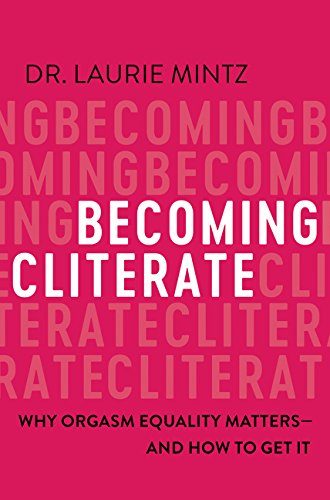
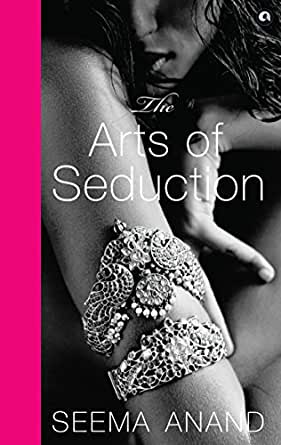
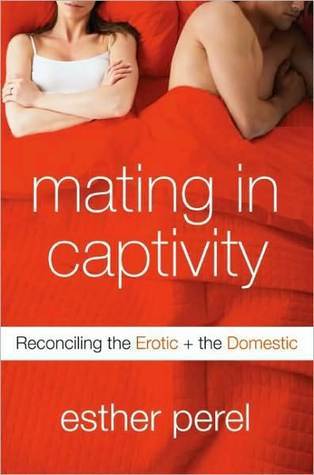
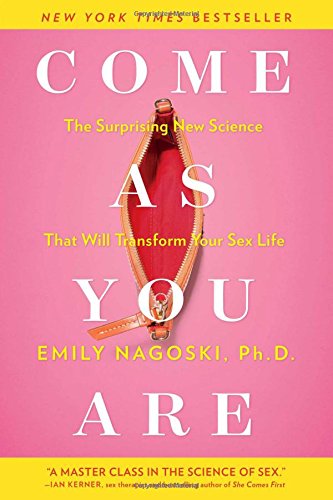
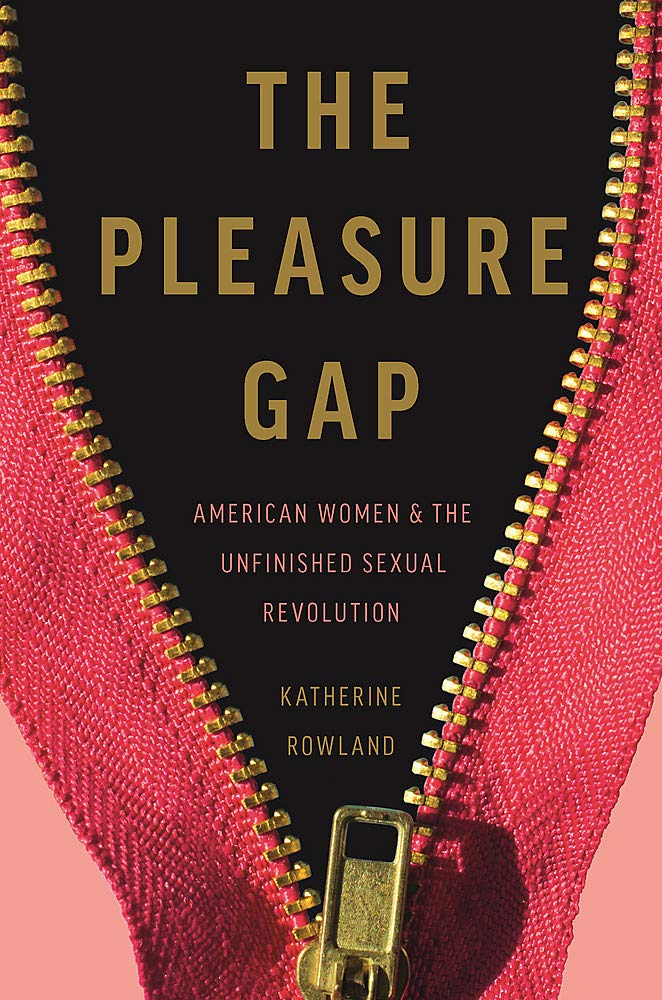
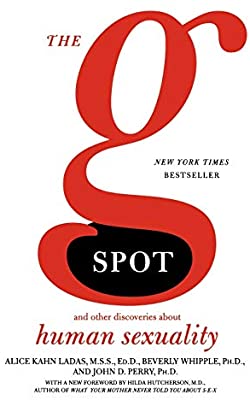
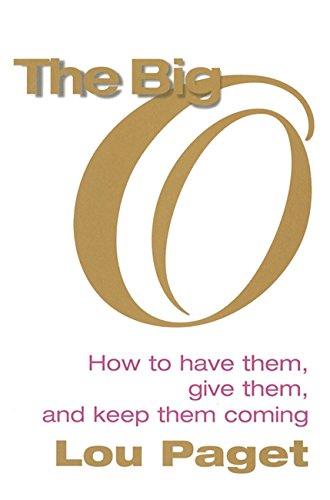
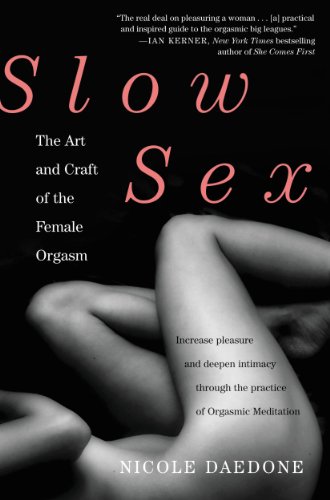

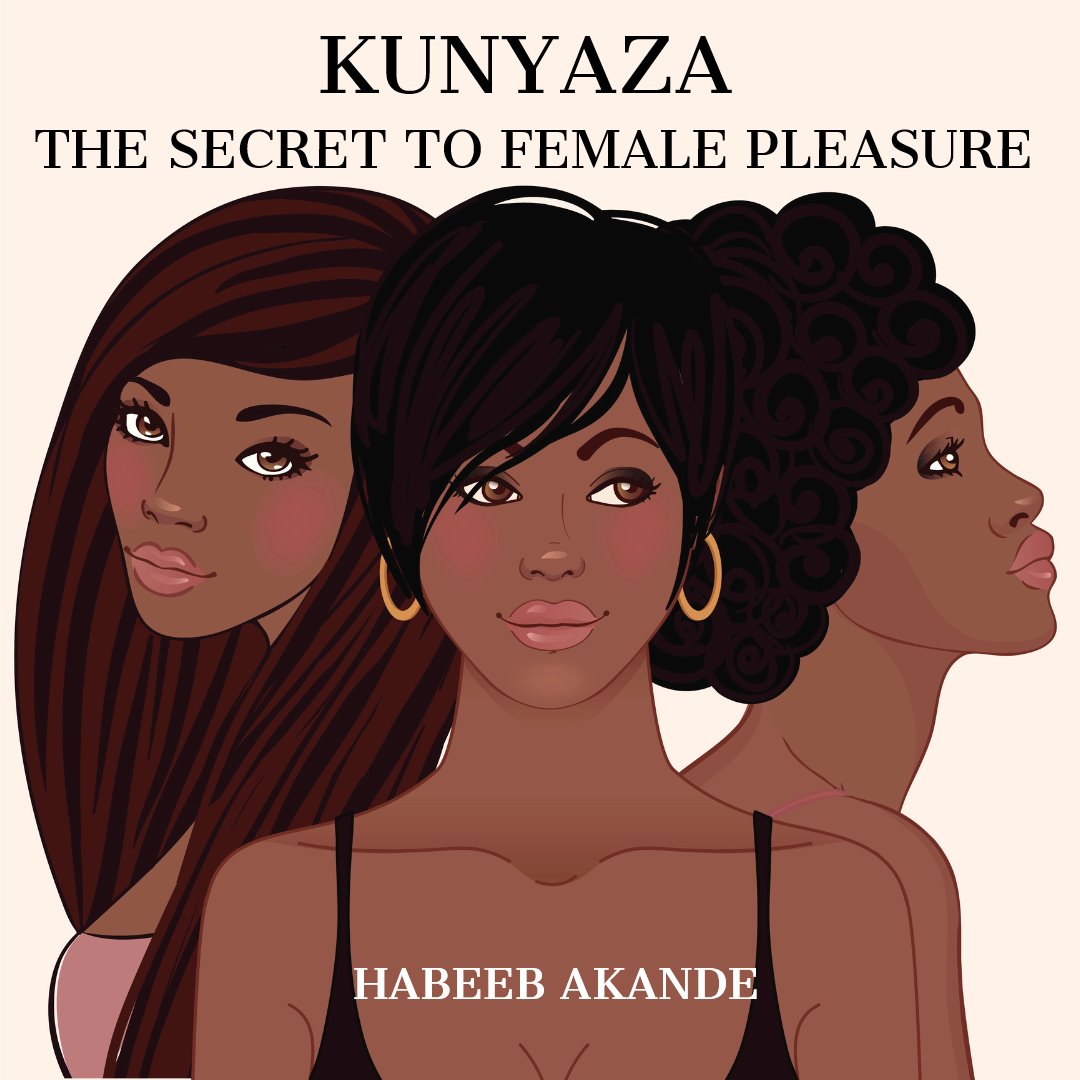


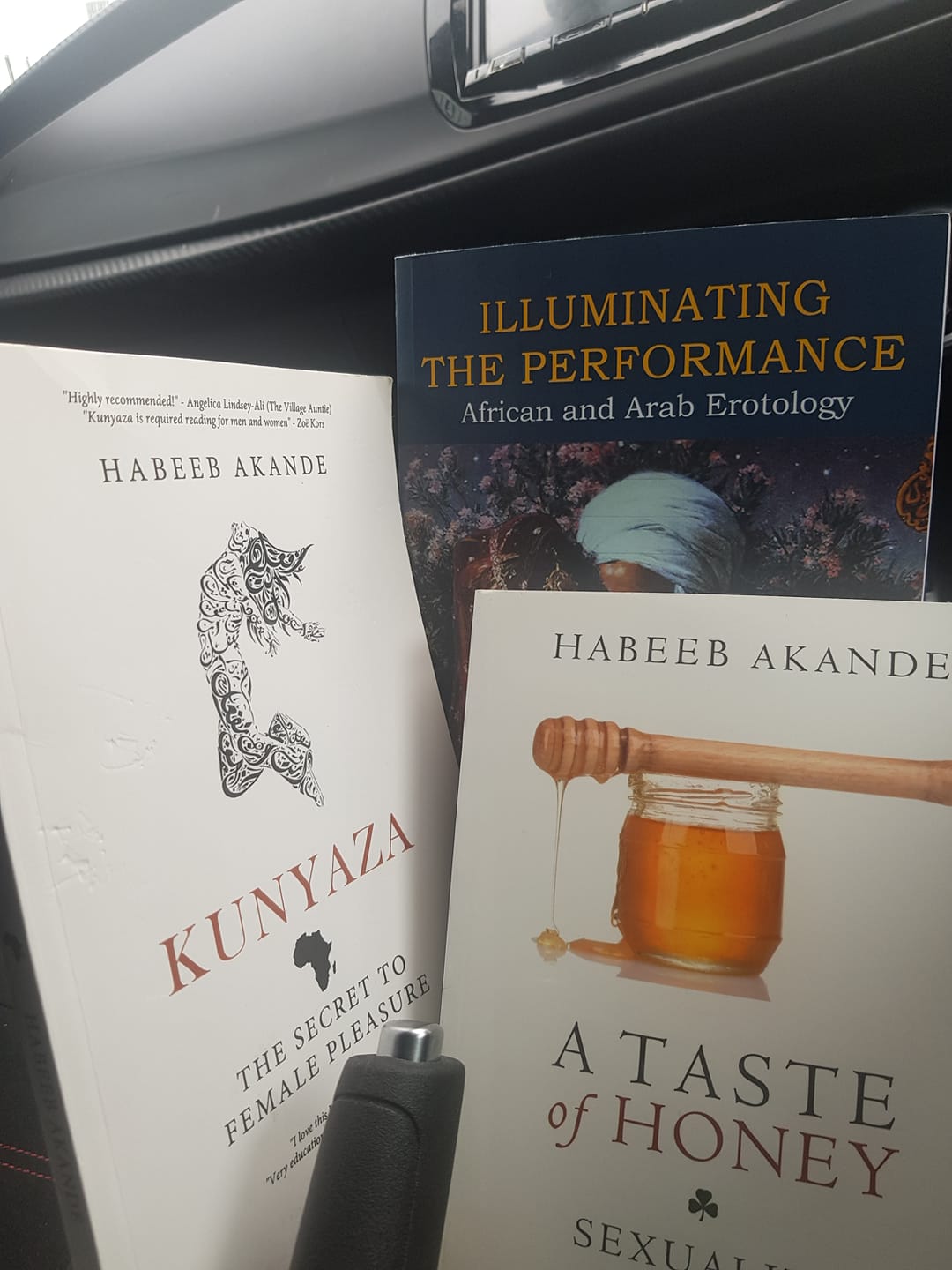

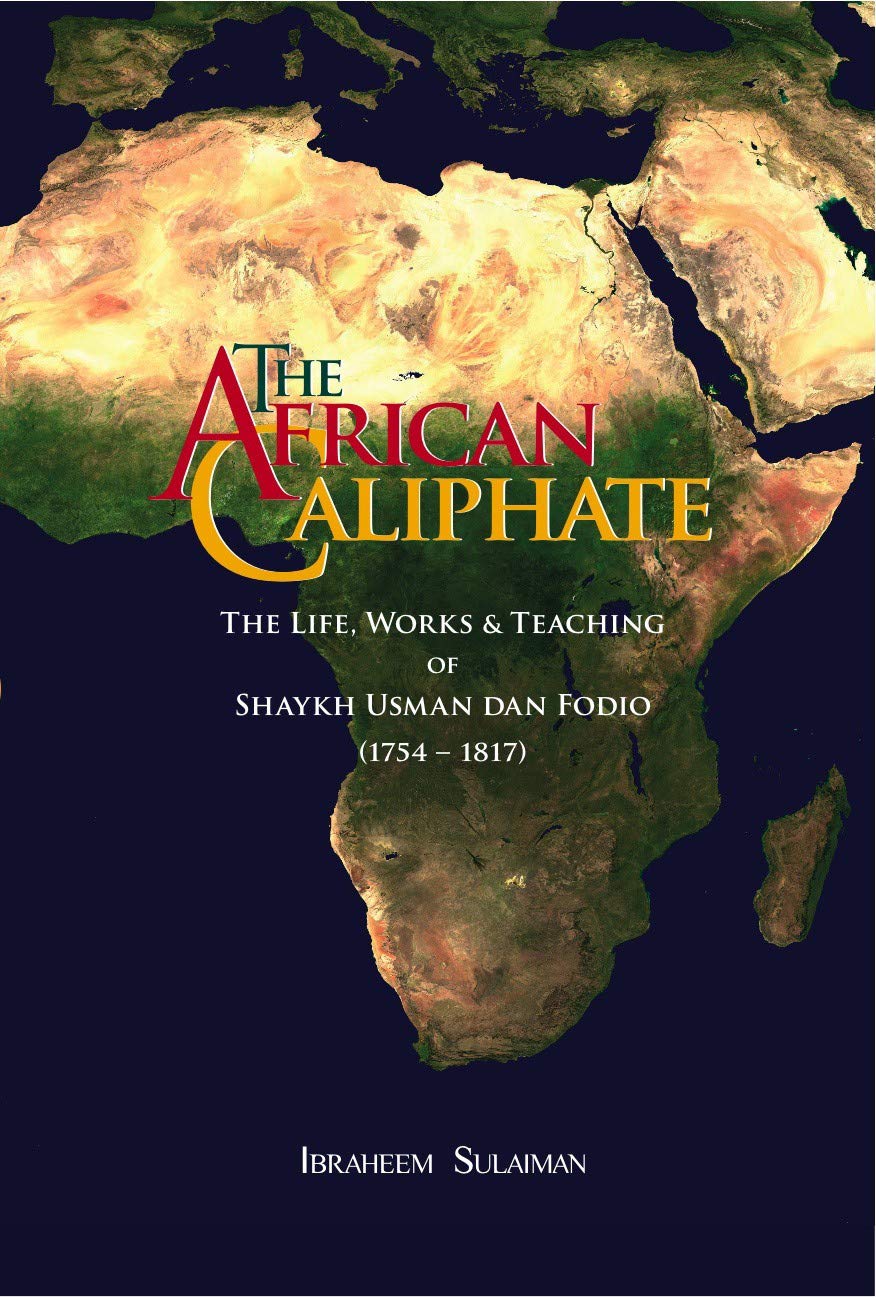





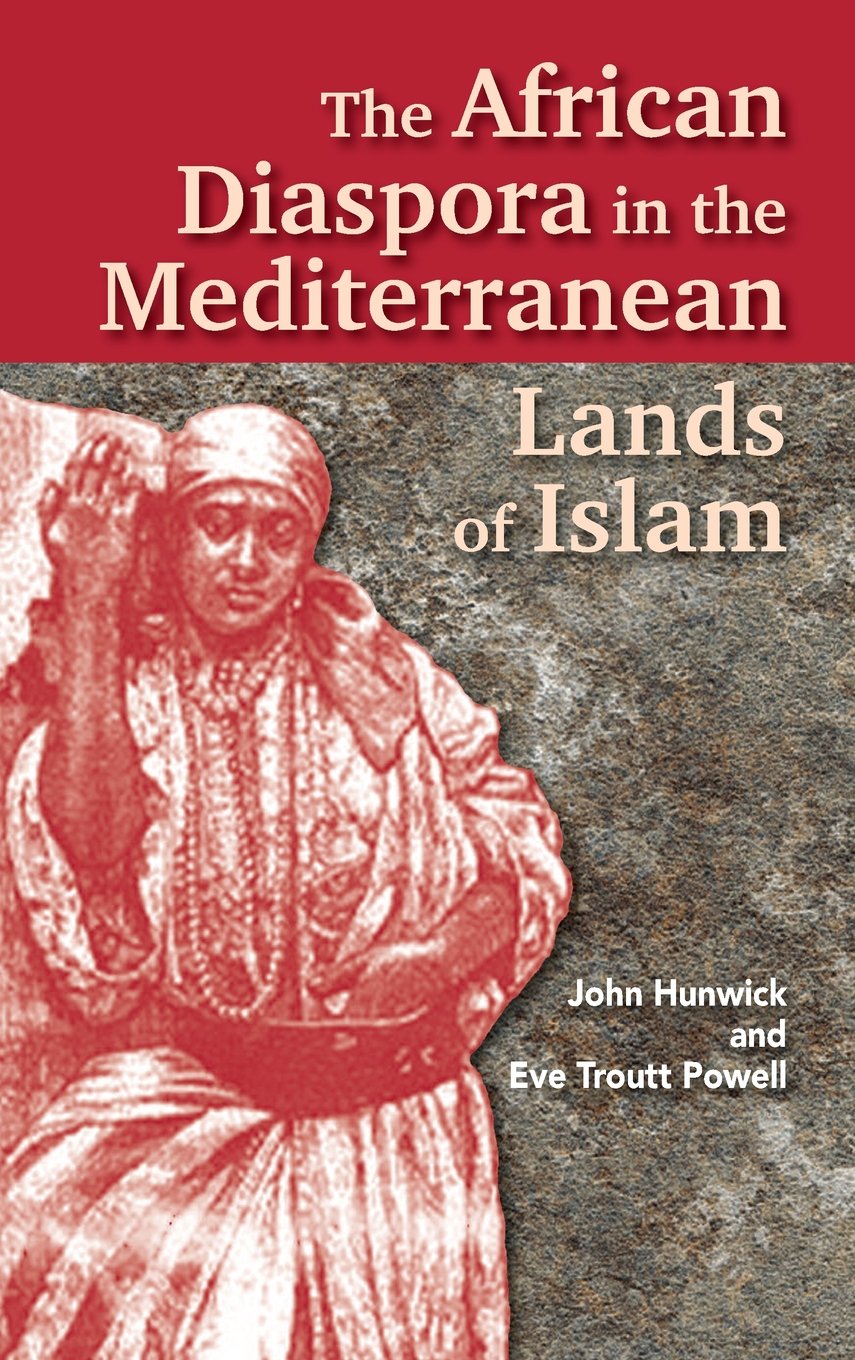

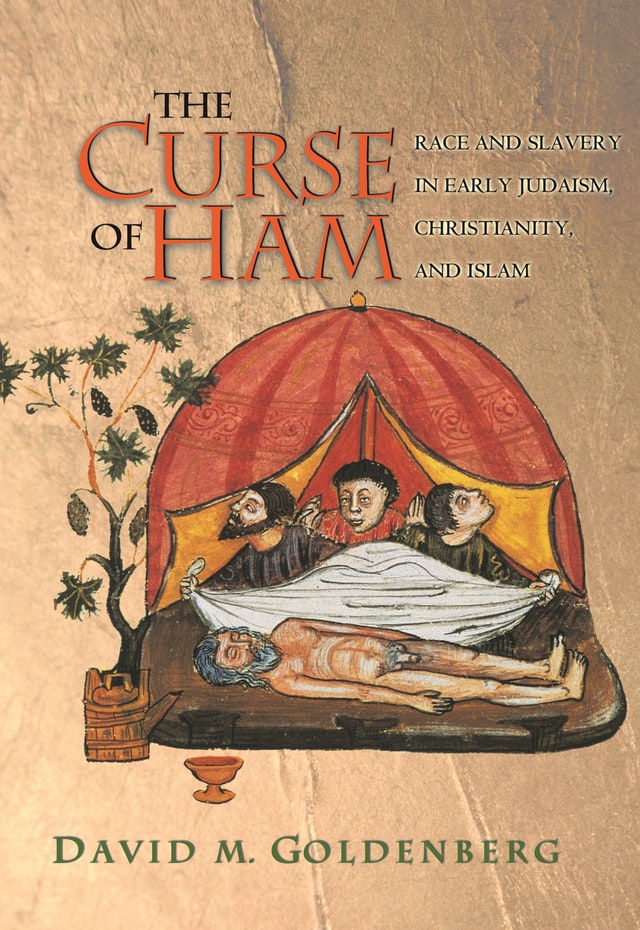



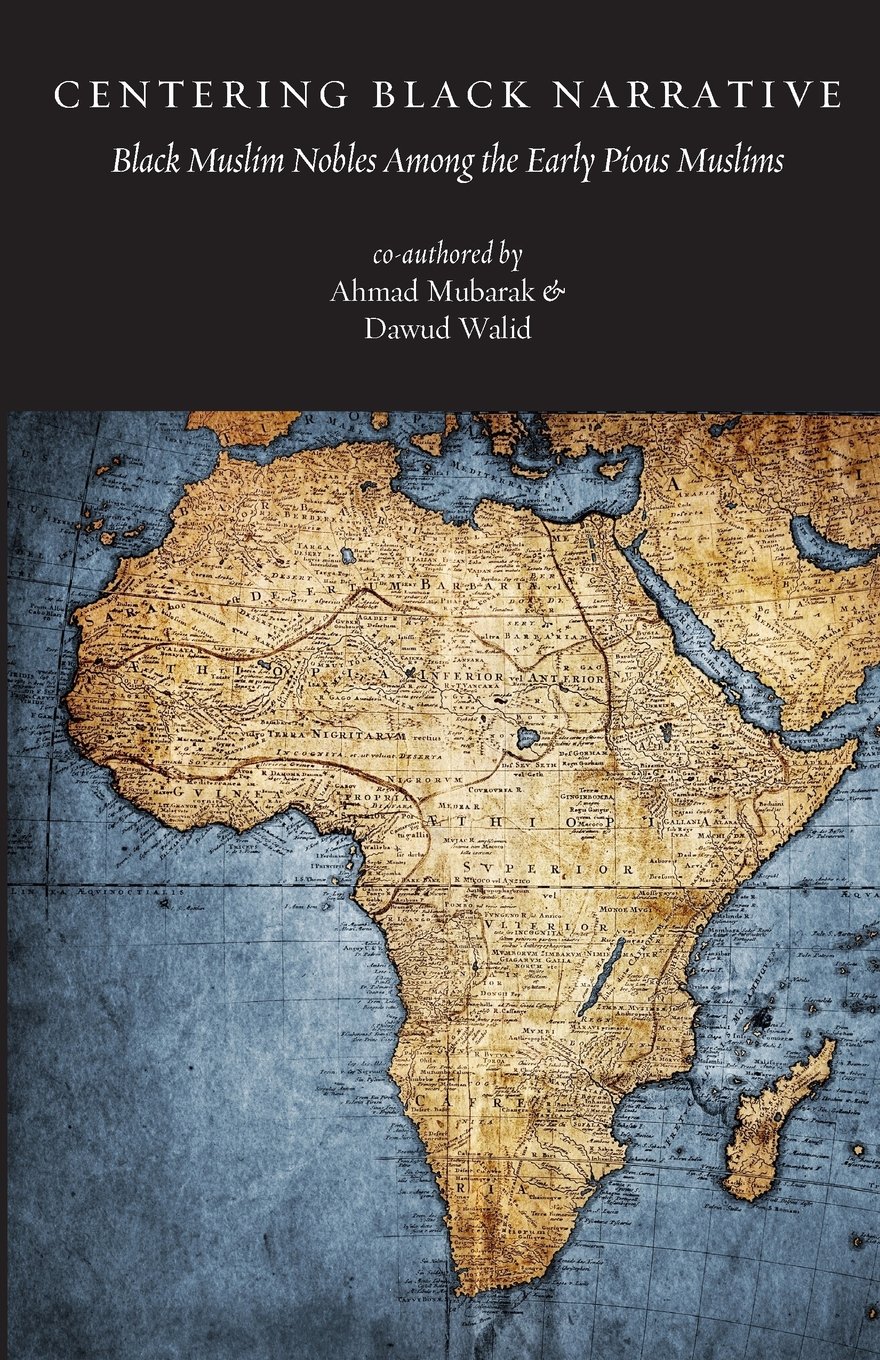


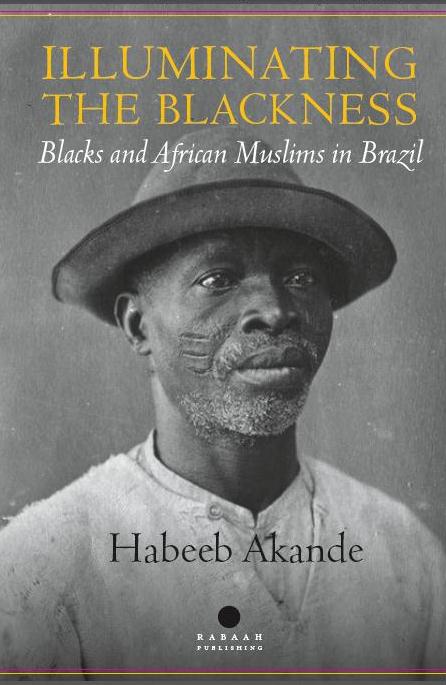


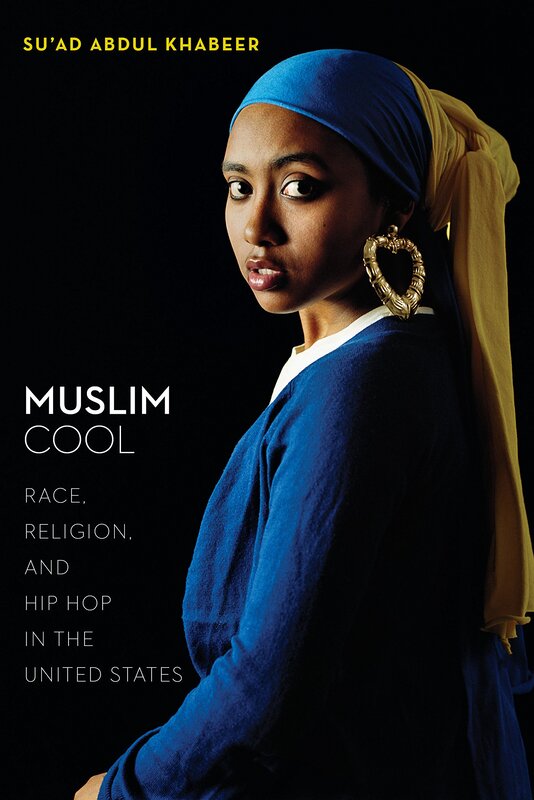
 RSS Feed
RSS Feed